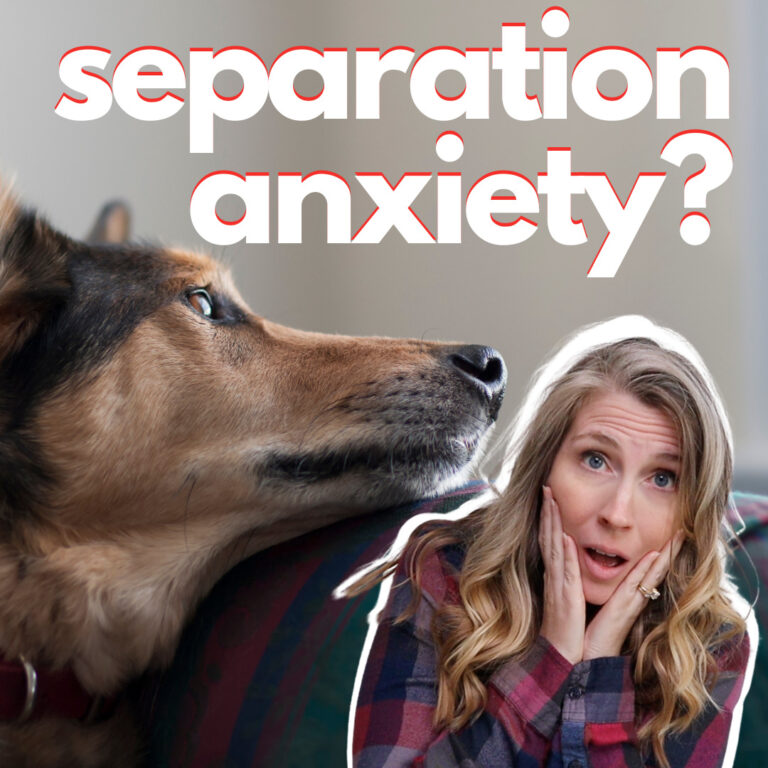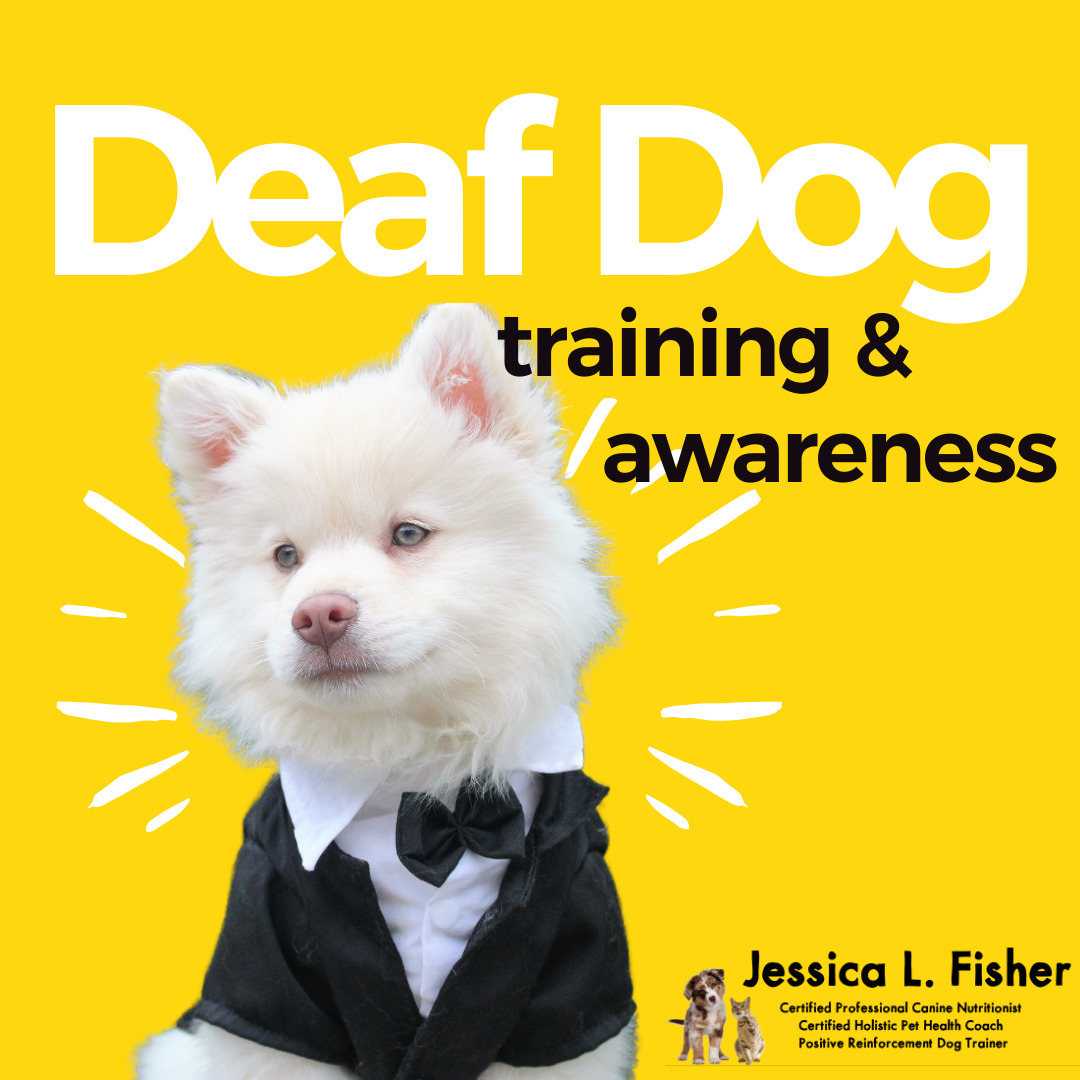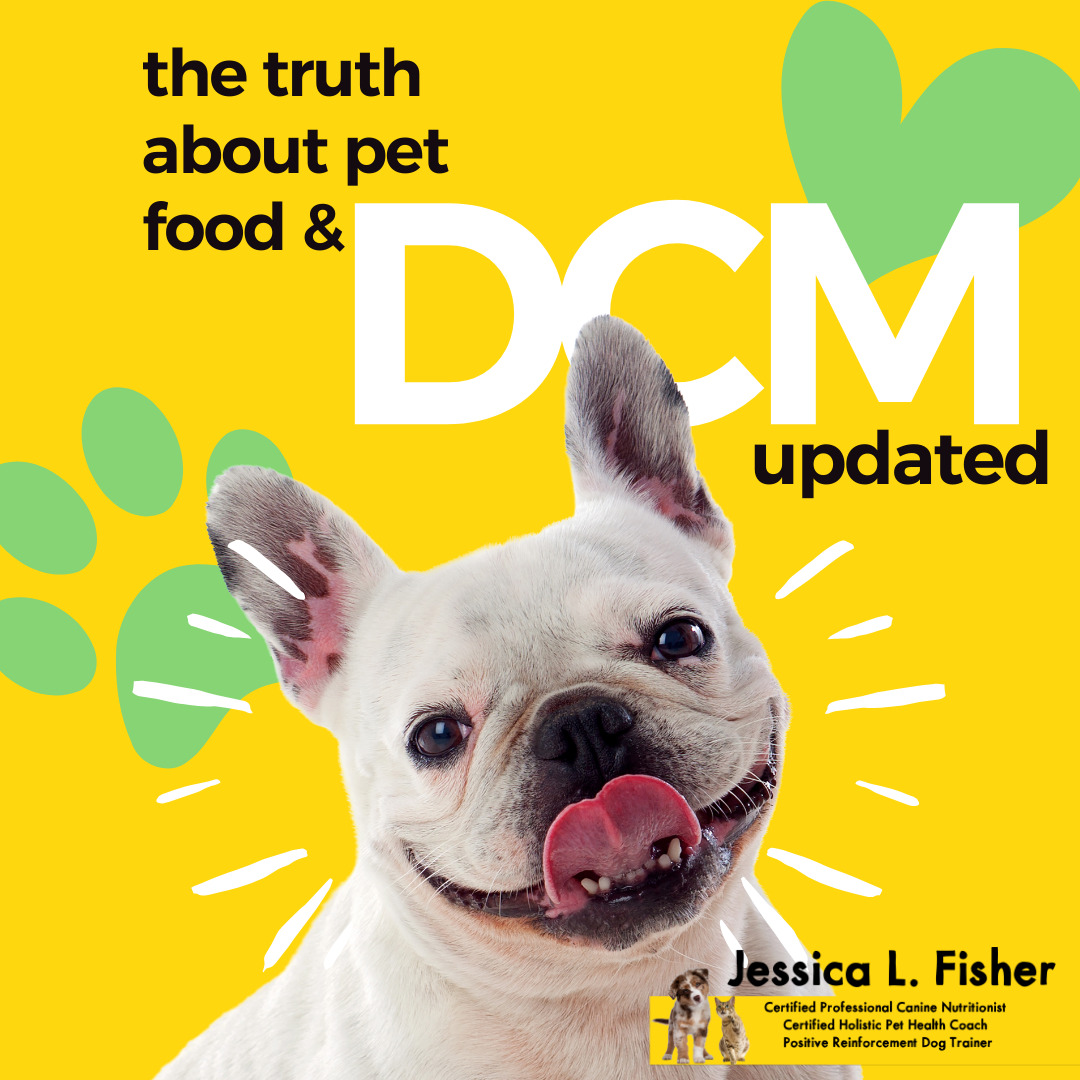Separation anxiety is something that many dogs are struggling with, and after the lockdowns, it’s expected that many more will be dealing with these unpleasant emotions.
Does your dog have separation anxiety?
I don’t love the idea of diagnosing anything over the internet, but there are some tell-tale signs that can denote separation anxiety in a dog. It’s also important to note that there are varying degrees of SA.
Some of the most common signs of SA are:
● panting
● drooling
● vomiting
● whining and crying
● toileting
● chewing
● eating through walls, door frames, entry points
● pacing and restlessness
● jumping through open or closed windows
● excessive vocalization
● even harming themselves in the process of any of these activities
Any of these could also be signs of other medical conditions, so it is always a good idea to have your veterinarian examine your dog and rule out anything else before assuming your dog has SA and beginning a treatment plan.
Whether your dog does have SA or some other medical condition, there are some things you can do overall to improve your dogs’ health, both mentally and physically.
1. Play with your dog and provide enrichment every day. Even if your dog has limited mobility, we can still provide enrichment for the brain and work the body in ways that work for your dog!
2. Train with your dog regularly, even if it’s only a few times a week for 10-15 minutes. Positive reinforcement training is great in that your dog gets to learn cues from you, you’re building a bond together and your dog is using their brain!
3. Feed the best food possible, preferably as close to a natural diet as possible. It’s not a fad! What do wild dogs eat? What do wolves eat? We want to mimic this diet as much as possible to help our dogs thrive, not only physically but also mentally. Poor nutrition is linked to cognitive decline and behavior problems.
4. Consider switching your primary veterinarian to a holistic vet. Even if you have to do phone consults with a holistic vet and utilize a conventional vet for lab work and diagnostics, it’s my opinion that you – and your dog – will be much better off. I’m learning more about over-vaccination lately, specifically how it ties into not only physical disease but also changes in mood and behavior. (I’d also like to add, though won’t go into too much detail here, consider swapping out flea and tick as well as heartworm prevention for non-chemical alternatives!)
5. Work on keeping yourself more calm and happy. YES! Your mood and behavior have implications on your dogs’ mood and behavior, so work to push out negativity in your life and keep your household calmer.
Treating Separation Anxiety
If you’ve come to the conclusion that your dog is in fact dealing with SA, it would always be my first choice to work with a positive reinforcement trainer who specializes in SA.
I started my journey to becoming a dog trainer because of SA. Our dog Kim had SA when we adopted her and it broke my heart, so I bought the book by Malena De Martini called Treating Separation Anxiety In Dogs. I highly recommend her book, as she is the leading expert on SA.
There is no one size fits all solution. Every dog is different.
And putting band-aids on broken bones doesn’t work. I talk about it all the time, though usually related to disease. We live in a society where we no longer value the symptoms, instead, we want to get rid of the symptoms.
This is the worst thing we can do in any situation. Symptoms tell us that there’s something wrong and are often the body’s way of getting rid of something nasty on its own.
In the context of SA, symptoms allow us to know the degree of anxiety our dog is feeling and they also give us a measure of what’s working and what isn’t.
For me, the best way to start a treatment plan for separation anxiety in your dog is through empathy. Seeking the reason and understanding that your dog is going through some very traumatic emotions and needs your help to understand that everything will be ok.
And then the treatment can begin. It’s very much working in baby steps. For some dogs, we have to start with a second at a time. Literally one single second. Other dogs can start with a few, maybe 5-10-15 seconds at a time, being out of eyesight from their owner.
It’s all about the baby steps. …. And not pushing your dog past their threshold. Doing so, just once, can set your whole treatment plan back to the beginning.
Building confidence in your dog is paramount! Work on training every day, even little things, and especially little things. Anything that your dog can do well, let them do it and earn their reward. Enrichments like food puzzles and foraging for their food are also great brain boosters that help build confidence!
The specific training you will be doing with your dog that is designed to address SA looks a little something like this:
– Before you start, you will want to make sure you have plenty of activities and toys available for your dog to keep them distracted throughout the process each day.
– You will also want to make sure that during the training process, your dog is not left alone. Leaving your dog alone at any point, until it is time to do so, can undo any progress you’ve made, so make arrangements to be home or have someone home with your dog at all times.
– Start by taking a small step away from your dog, if they can remain calm and not move toward you, reward.
– Over time, take a second step away, and if they can remain calm and not walk toward you, reward.
– Keep increasing distance and duration SLOWLY. We’re talking seconds and baby steps.
– Once you are at the point where you can walk into another room while your dog stays calm and doesn’t follow you, you will want to invest in cameras to monitor your dog.
– The process can be slow, though it depends on the dog and your commitment to the training program. It is well worth it in the long run!
Removing the source of the anxiety is also a key component, but identifying that stress source can be difficult for a pet owner, and is certainly difficult to do on a social media platform.
It is as a last resort that I would recommend using prescription drugs on your dog as they have side effects that can be damaging to your dog.
Help Along The Way
There are some products that I can personally recommend that can help reduce stress and anxiety along the way:
– Thundershirt: https://amzn.to/2SKFQz2
– animalEO Calm-A-Mile: https://animaleo.info/shop/calm-a-mile-rtu/
– animalEO Aroma Boost: https://animaleo.info/shop/aromaboost-rtu/
– animalEO hempEO: https://animaleo.info/shop/hempeo/
– Bach’s Rescue Remedy: https://amzn.to/3eNhNrV
– CBD Dog Health CALM: https://cbddoghealth.com/product/cbd-oil-for-dogs-calm/
You can also find calming music for dogs on YouTube or purchase DVD’s or CD’s to play for your dog.
While this post doesn’t get into the nitty-gritty of treatment, that is mostly because it isn’t a straight line to get there. Every dog is different and every treatment plan is just a little bit different too.




